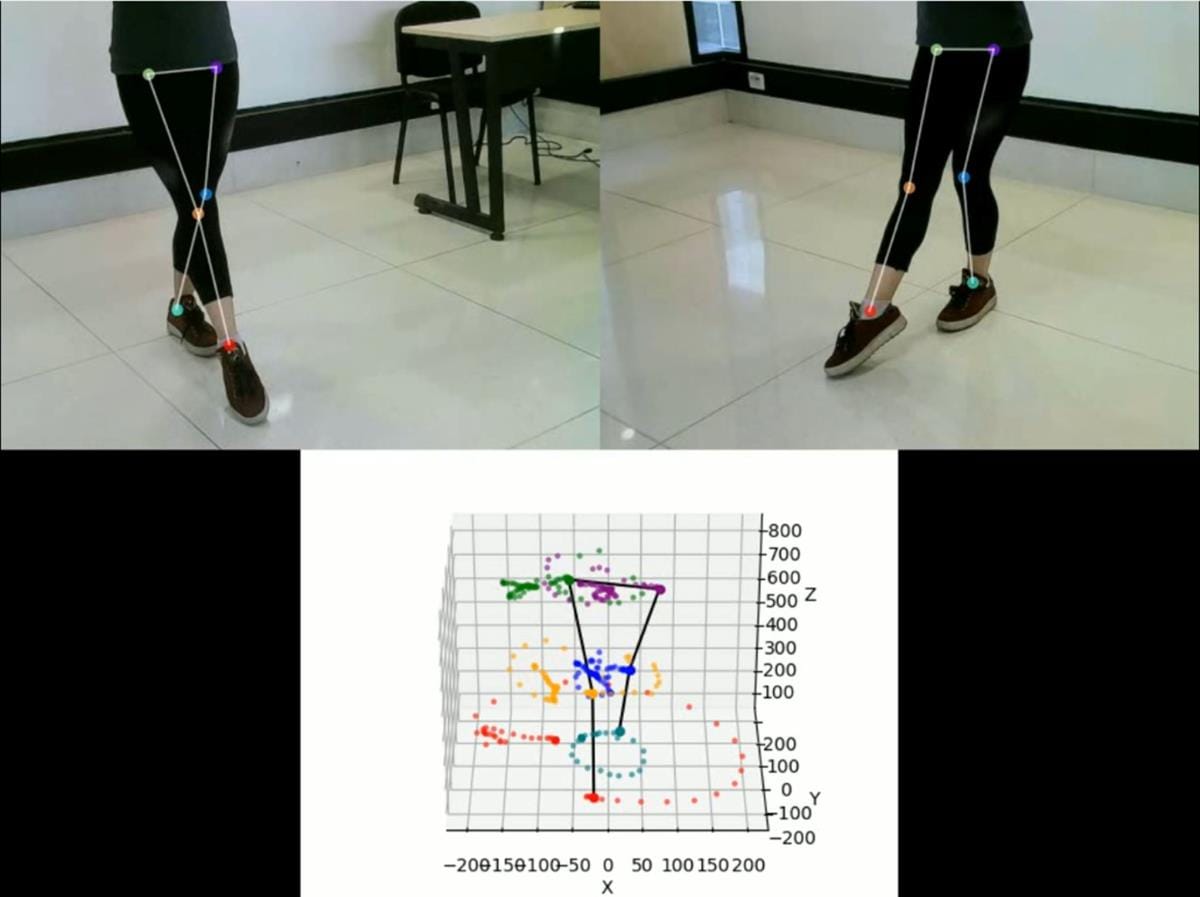BioMotion Tracker Makes 3D Motion Capture Accessible and Affordable
BioMotion Tracker, an award-winning AI-powered system developed by UNAM students, revolutionizes 3D motion analysis. Affordable and accessible, it eliminates markers, making biomechanics studies comfortable and practical.

In a remarkable stride towards revolutionizing rehabilitation medicine, students from the National School of Higher Studies (ENES) Juriquilla, UNAM, have unveiled the BioMotion Tracker, a cutting-edge video capture system for 3D motion analysis. This innovation, recently honored with the prestigious Innova UNAM-ILAN Award for University Innovation 2023, not only facilitates the diagnosis, treatment, and monitoring of movement-related pathologies but also showcases its potential in revolutionizing prosthetics, orthotics, and beyond.
The brainchild of Sofia Palacios Cuevas and Alan Poisot Palacios, the BioMotion Tracker harnesses the power of artificial intelligence (AI) to analyze and visualize human and animal movements. Originating as a final project to fulfill an AI accreditation requirement, the technology has evolved into a groundbreaking solution for affordable and practical 3D motion analysis.




